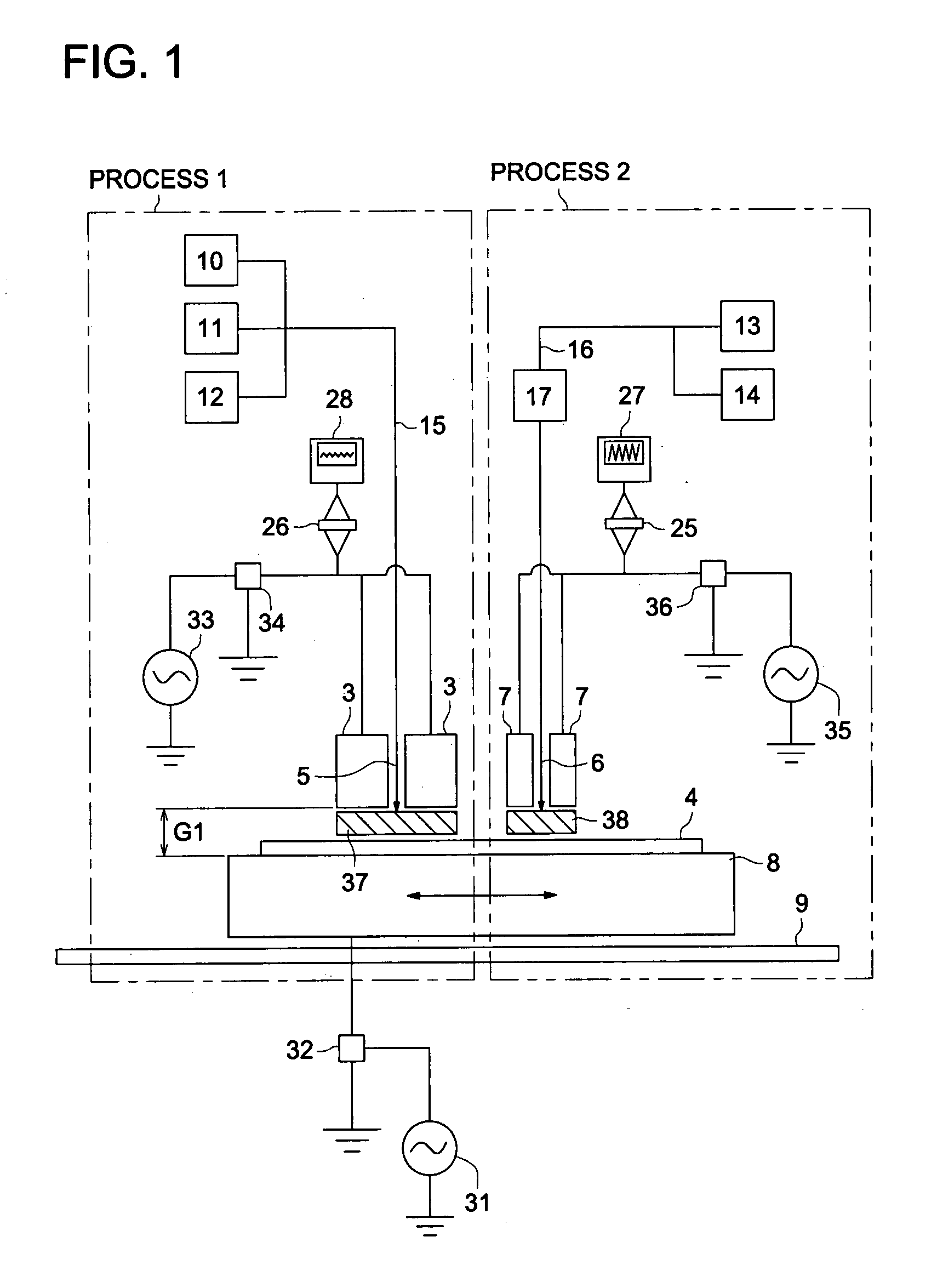Glass Member, Reading Glass, Reading Apparatus Using the Same, and Image Forming Apparatus
a technology of reading glass and reading glass, which is applied in the direction of printing, instruments, transportation and packaging, etc., can solve the problems of weak underlying antistatic film (transparent conductive film), easy paper jams, poor friction resistance and antifouling properties, etc., and achieves easy and less costly production, low friction, and great strength
- Summary
- Abstract
- Description
- Claims
- Application Information
AI Technical Summary
Benefits of technology
Problems solved by technology
Method used
Image
Examples
example of embodiment
[0102]>
[0103]The following procedures were used to produce a reading glass sample:
example 1
[0109]Reading glass was produced using the same procedure as that of the aforementioned Comparative example 2, except that the surface of the glass substrate was activated by corona discharging (using the AP-400 from Kasuga Denki Co., Ltd., processed for 30 seconds with a gap of 3 mm) before the fluorine containing film was coated. The film thickness was measured by the thin film XRD, and the measurement was 3.8 nm. The element composition on the surface of the film was measured by XPS with the detector angle of near 30°. It was revealed that the content of fluorine atoms on the surface was 50 atomic percent, the content of oxygen atoms was 19 atomic percent, and the O / F was 0.38.
example 2
[0110]Reading glass was produced using the same procedure as that of the aforementioned Comparative example 2, except that the surface of the glass substrate was activated by the atmospheric pressure plasma method (to be described later) before the fluorine containing film was coated. The film thickness was measured by the thin film XRD, and the measurement was 3.8 nm. The element composition on the surface of the film was measured by XPS with the detector angle of near 30°. It was revealed that the content of fluorine atoms on the surface was 50 atomic percent, the content of oxygen atoms was 16 atomic percent, and the O / F was 0.32.
PUM
| Property | Measurement | Unit |
|---|---|---|
| Thickness | aaaaa | aaaaa |
| Percent by atom | aaaaa | aaaaa |
| Electrical resistance | aaaaa | aaaaa |
Abstract
Description
Claims
Application Information
 Login to View More
Login to View More - R&D
- Intellectual Property
- Life Sciences
- Materials
- Tech Scout
- Unparalleled Data Quality
- Higher Quality Content
- 60% Fewer Hallucinations
Browse by: Latest US Patents, China's latest patents, Technical Efficacy Thesaurus, Application Domain, Technology Topic, Popular Technical Reports.
© 2025 PatSnap. All rights reserved.Legal|Privacy policy|Modern Slavery Act Transparency Statement|Sitemap|About US| Contact US: help@patsnap.com


